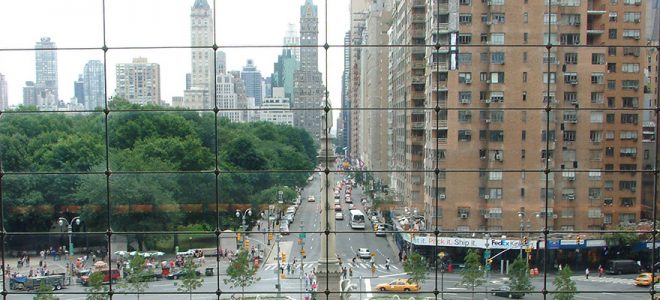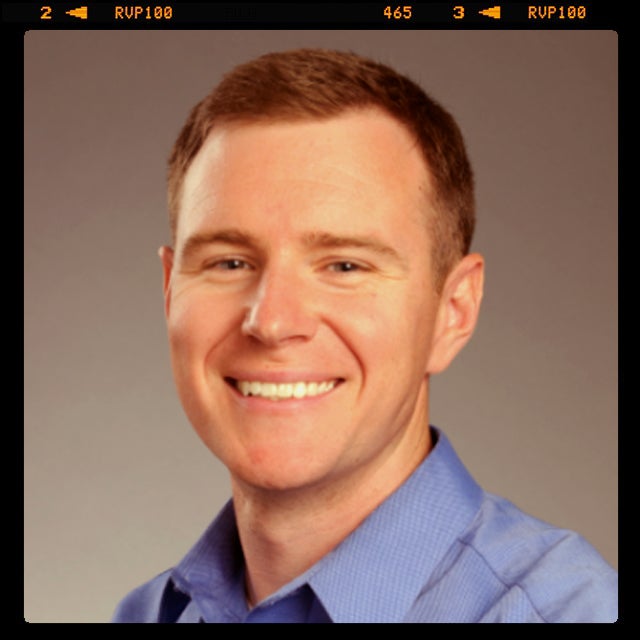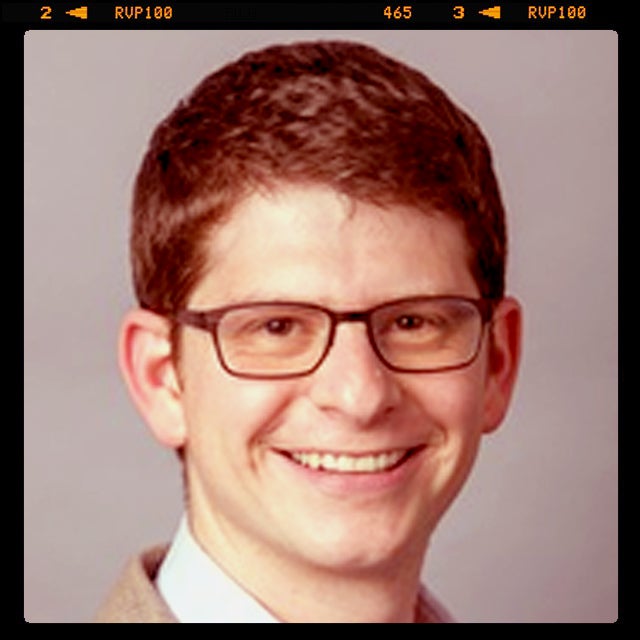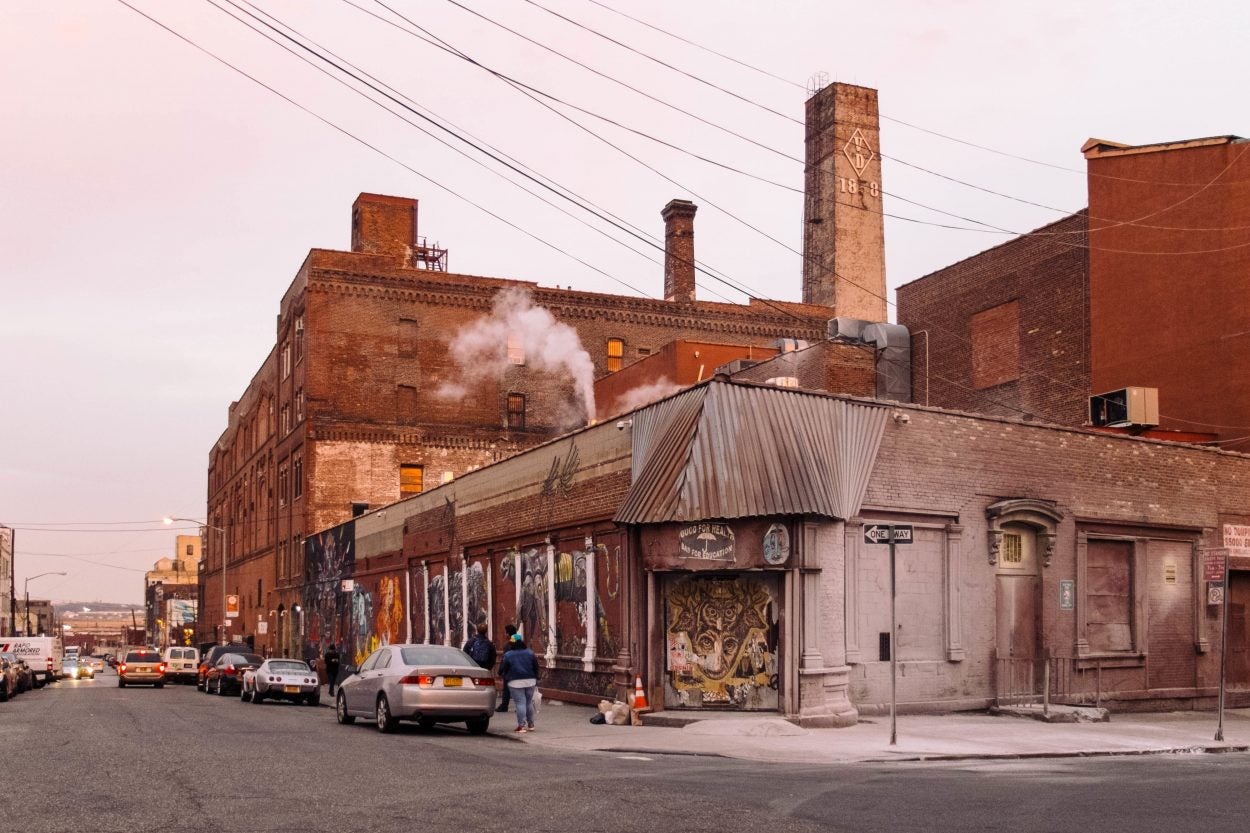

Jeffrey Lyons is an assistant professor of political science in the School of Public Service at Boise State University. His research focuses on American politics, specifically public opinion, political behavior, political psychology, and state politics. He earned his Ph.D. and M.A. at the University of Colorado at Boulder, and his B.S. at the University of Idaho.

Scott Minkoff is an Assistant Professor of Political Science at SUNY New Paltz. His research focuses on American local politics, public policy, public goods, and political engagement and strongly emphasizes the use of mapping and spatial statistics. His research focuses how the geography of local policy implementation and social context impact political attitudes and government decisions. Scott is also an Associate Editor at Urban Affairs Review and a contributing author to Ed Greenberg and Benjamin Page’s American politics textbook The Struggle for Democracy.
The outcome of the 2016 Presidential Election surprised many citizens and political pundits, leading both Republicans and Democrats scrambling to try to understand a new electoral map, and figure out why Donald Trump won the election. An early takeaway has been that areas experiencing economic struggles and worries were more likely to support Donald Trump. One of the issues that is producing this economic strain is income inequality – the incomes of the wealthiest Americans have surged while the incomes of the majority of the country have become stagnant. Given the apparent electoral importance of attitudes towards economic matters, we ask: what do Americans think about income inequality?
While the recent election is suggestive that economic worries are motivating political decision-making, citizens may not be attaching economic anxieties to the issue of inequality. Perhaps contrary to what many may assume, it appears that despite the increase in inequality, Americans have not become more interested in finding a resolution to the matter, or more favorable of government interventions to address the challenges created by rising inequality. With this in mind, why do some people believe that the income gap is a problem, while others do not? We argue that the answer to this question is (partially) rooted in the neighborhoods that we live in and the people that we are surrounded by.
Clearly, a voter’s ideology (and party affiliation) are dominant explanations of attitudes towards inequality – liberals (and Democrats) tend to hold beliefs that are more favorable of government interventions in the economy, and tend to believe that the government has a larger role to play in mitigating the side effects of a capitalist system. However, it seems unlikely that these factors explain all of the differences that emerge between people. Others may point to self-interest as an explanation. Higher income individuals may have attitudes that do not favor government intervention or perceive of the income gap as being a problem, while lower income citizens whose wages are not keeping pace may harbor more favorable views towards an intervention and perceive income inequality to be a larger problem.
While these explanations undoubtedly hold merit, we wanted to understand what else could be driving citizen beliefs on this inequality. One element of this issue that is somewhat unique is that income inequality is an issue about groups of people, and their relative standing in society. When dealing with issues that center on group dynamics, we turned to a theory that centers on group interactions to help us understand why citizens take the issue positions that they do.
In the 1950’s psychologists offered a theory for how groups (primarily different racial groups) could come to better understand one another – something called Intergroup Contact Theory. The basic premise of the theory is that when groups interact with one another and are exposed to each other, this interaction tends to reduce prejudices and foster more discerning beliefs about one another. Intergroup Contact Theory has been shown to be fairly effective at reducing prejudices between racial groups, as well as prejudices towards members of disadvantaged groups such as homosexuals or the disabled (however, contact does not always produce gains in tolerance). As we note, economic inequality also centers on group dynamics. With this in mind, we wanted to know whether the contact that we have with different income groups influences the attitudes that people hold about inequality. Specifically, we want to know whether the places where we live and the people we are surrounded by may drive our beliefs about the issue. Our hypothesis borrows from the ideas behind Intergroup Contact Theory – those who are exposed to people from varied income backgrounds in the places where they live (i.e. their neighborhoods), will be more likely to recognize that the income gap exists and more likely to think that it should be smaller, compared to those who live in places where they are primarily only exposed to one group. Coming into contact with those from different income groups can provide information to citizens and serve an informational/educational role in altering knowledge levels about inequality.

BOTH INTEGRATED AND SEPARATED
Perhaps nowhere is the widening gap in incomes more evident than in America’s cities, where the wealthy and the poor are both integrated and separated. As such, cities represent a perfect place to study how the income diversity that we are exposed to on a daily basis may structure our attitudes. Because there are parts of cities that have high degrees of income diversity (i.e. very wealth people, the middle class, and those with lower incomes live near one another), as well as parts of cities that do not (either overwhelmingly upper class or lower class neighborhoods where intergroup contact does not occur), we can compare the attitudes of the people who have intergroup contact from their neighborhood to the attitudes of people who do not.
In order to do this, we used a unique survey of New York City residents conducted in 2014. New York represents a unique opportunity to study inequality, as it is one of the most unequal cities in the United States. In this survey we collected a few important pieces of information. First, we asked people about their perceptions of inequality – how large or small the income gap is – in both the United States as a whole, and in New York City. We also asked about their attitudes regarding inequality – whether they believed that the income gap should be larger or smaller – in both the United States and New York City. The second piece of information that we needed was a rough idea of where people lived. We asked them about their nearest cross-streets to determine what part of the city they live in. From here we are able to build measures of income diversity in the 1-mile radius surrounding where they live. We are able to identify those who live in income diverse neighborhoods, and those who live in places where people mostly come from the same economic situation. By comparing citizens’ varying perceptions and attitudes in these different kinds of places, while also accounting for other differences between places and people such as education, race, and political interest, we are able to speak to the degree to which intergroup contact amongst income groups can alter attitudes about inequality.
When we look to the data and make these comparisons, it becomes apparent that those who live around people of varied income backgrounds (i.e. those who experience intergroup contact), believe that the income gap is larger, and believe that it should be smaller, compared to those who live around primarily people from the same income background. This is to say that we find evidence supporting the notion that intergroup contact can foster heightened understanding between groups, which is translated into altered beliefs about inequality. This conclusion is especially pronounced when we ask the survey respondents to evaluate inequality in New York City. That is, one’s neighborhood more closely shapes perceptions about the issue in one’s own city than in the nation as a whole. When accounting for a variety of alternative factors, roughly one in two residents of neighborhoods that are characterized by low-income diversity believe that the income gap should be smaller, while roughly three in four in neighborhoods with the highest levels of income diversity believe that the income gap should be smaller.
After seeing this evidence that neighborhood income diversity appears to predict attitudes towards inequality, we turn to assessing whether this pattern is more pronounced amongst certain kinds of people than others. Specifically, we wanted to see how individual income and education might alter these responses that people have to their neighborhood income environments. First, we wanted to see how people with different educational levels were impacted by their neighborhood. When we make comparisons between high and low education citizens, we see that it is those with lower levels of education who appear to have their attitudes about inequality influenced the most by their neighborhood income diversity, while those with higher levels of education were not affected.
When we think back to some of the underlying reasons why Intergroup Contact Theory holds merit, one of the core tenets was that it served a sort of educational role – informing those who otherwise may lack information about different groups. In this sense, the results align with what we might expect. Those with higher levels of education may have already attained a variety of information about inequality from their formal education or from the life circumstances that are correlated with higher education. As a result of this, there is little additional information to be translated by contact with different groups. Alternatively, those with less education may have been exposed to the issue at lower rates, and therefor “learn” more from their neighborhoods and environments than those with higher levels of education.
Next, we looked to see whether it was higher or lower income citizens who respond to the composition of their neighborhoods. Here, we see a more nuanced pattern of results. Perhaps not surprisingly, those in the lower income brackets (less than $50,000 in household income per year), respond strongly to exposure to income diversity. Lower income citizens who live in income diverse neighborhoods where they are exposed to those in the middle and upper classes react by perceiving of a larger income gap, and believe that the gap should be smaller. When we look at attitudes of those in (roughly) the middle class ($50,000-$100,000), we see that their neighborhood environment does not influence attitudes and perceptions about inequality. On the higher end of the income spectrum (those with household incomes over $100,000), we see that an effect emerges again. Wealthier citizens who are surrounded by income diversity are more likely to perceive of a larger income gap and believe that the gap should be smaller. This finding is perhaps the most interesting, as these are the people who may stand to lose the most from policies that would address income inequality. It suggests that contact with income diverse groups may cause people to reduce the role of their own self-interest when thinking about inequality, an important conclusion when we think about the kinds of policies and compromises that would be needed to address the matter.

One alternative argument that could explain the patterns we have observed is that people who are already inclined to believe that the income gap should be smaller (presumably those with more liberal beliefs) are more likely to choose to live in income diverse neighborhoods. If this kind of neighborhood self-selection were occurring, then we would observe the same patterns we have shown here, but it would not be the case that exposure is causing attitudes to change. While we do not deny that this process could be occurring, we are reassured by two factors. The first is that we have analyzed the data in a fashion where we account for the individual’s political ideology, and our results hold. Second, the ability of people “sort” into neighborhoods using political criteria to guide them is quite limited, as they often must prioritize other more pressing considerations such as commuting distances and schools. In a highly constrained housing market such as New York City, it is likely even more difficult to do so.
In sum, our analysis of data in New York City demonstrated that exposure to income diversity in the places where we live appears to shape our attitudes towards income inequality – those who are exposed to this diversity in their neighborhoods are more likely to perceive of a large income gap, and more likely to believe that the gap should be smaller. This pattern of neighborhood influence is especially pronounced amongst those with lower education, and those at the bottom, and (more surprisingly) top of the income scale.
Several implications emerge. The evidence we have seen that people change their attitudes regarding inequality when confronted with diverse income groups offers further support for the idea that intergroup contact can foster understanding and reap democratic benefits. However, this finding cuts against a trend that we have seen in America’s urban areas over the past several decades – increasing homogeneity. Precisely the kinds of income diverse neighborhoods that we have shown to be formative, are less and less common. The geographic segregation of our cities and metropolitan areas means that the wealthy are largely surrounded by other wealthy people, and the poor are largely surrounded by other poor people, suggesting that a large and increasing number of Americans do not live in the kinds of places where intergroup contact occurs. While the interactions between different kinds of people in the places where we live can be quite meaningful for how we view the world, current trends in our cities may be making these interactions the exception rather than the rule.